
 The E2 Facade … combining aesthetics with energy efficiency.
The E2 Facade … combining aesthetics with energy efficiency.
A prototype of Schuco’s E2 Facade – which is considered a significant step towards an intelligent and integrated modern building envelope that both saves and generates energy – was hailed as an outstanding pioneering concept by experts following its launch at a key European key trade building industry in Munich, Germany, earlier this year.
As a highly integrated facade, the Schuco E2 will offer intelligent interface solutions which combine, in an attractive, commercially-viable and environmentally-friendly way, such disparate topics as system technology (ventilation/heating/air-conditioning), opening units, solar shading and solar energy generation into a modular, complete system. In addition to energy considerations, major emphasis has been placed on appearance. For example, the facade profiles accommodate all the wiring systems and provide intuitive operating devices that are integrated into the facade mullion.
“The E2 Facade makes a lasting contribution to reducing carbon-dioxide emissions. The Schuco model of ‘Energy2 – saving energy and generating energy,’ brings a new consistency to the building envelope. In this way, we are helping to preserve the planet,” says Dirk Hindrichs, president and CEO of Schuco, speaking at the launch of the facade in January.
The prototype of the new facade was presented for the first time to trade visitors on the Schuco stand at BAU 2007 and highlighted the collaboration between Schuco and Professor Stefan Behling, head of the Institute for Building Construction (IBK2) at the University of Stuttgart, and his team. The large, fully functioning model – a two storey facade combining the main functions of ventilation and air-conditioning, opening units, solar shading and the harnessing of solar energy in a unique and attractive way, taking into account both commercial and environmental considerations.
Commenting on the programme, Professor Behling: “The vision is of a building that absorbs and collects more energy than it expends, activating all surfaces in the process. Solar technology as an attractive design feature and an architectural asset.
The idea of a symbiosis of system and facade technology is in fact nothing new. In recent years, the benefits of greater energy efficiency, lower investment costs and increased comfort have promoted the development of integrated project solutions. However, the way in which Schuco has now implemented this concept goes well beyond any previous attempts.
Invisible technology
Existing facades, based on decentralised system technology, usually locate service elements adjacent to or below the glazed unit. This visible arrangement has the disadvantage that the alternation between transparent and non-transparent facade sections inevitably dominates the appearance of the facade, which in turn restricts the amount of natural light reaching the building’s interior.
The aim of the Schuco E2 Facade was to conceal the technical services found in single skin facades, in order to facilitate a homogeneous, highly transparent facade design where decentralised building services technology, solar shading or opening units would not necessitate a departure from the intended design format. The Schuco project team achieved this aim by incorporating innovations in all four major functions of the facade, but by moving the decentralised systems technology into the “invisible” area between the ceiling and the floor above.
Innovations
Building services engineering: The advantages of decentralised system technology are well known and not in dispute. The regulation of individual room climates within small units provides for both substantial energy savings and increased comfort. Unlike centralised ventilation systems, with decentralised systems it is easy to “turn down” the offices of those staff who are away on appointments or on vacation.
In the Schuco E2 Facade, the modules for decentralised and therefore individually adjustable services are compactly located in the area in front of the space between the ceiling and the floor above. The size of the service module is such that it can incorporate all mechanical components and devices for bi-directional ventilation, heating, cooling and externally mounted solar shading. The developers laid particular emphasis on an inter-disciplinary, flexible solution, supporting various complex types of ventilation, heating and cooling in a single construction type.
Opening units: The major advantages of the new system-integrated versions – which is likely to be of particular appeal to architects – are the design freedom and structural uniformity in the appearance of the facade. Floor-to-ceiling glazing, divided into fields as required, can be installed, the design of which can also be continued where opening units are necessary or desired. In the case of the Schuco SFC 85 system, the integration of flush-fitted (that is, concealed) projected top-hung and parallel-opening windows into the mullion and transom supporting structure has already been possible since 2006. What is new in terms of the concealed opening units are the vertical and horizontal sliding windows and an outward-opening, electrically-operated side-hung window based on Schuco TipTronic.
Solar shading: The system for externally-mounted glare protection and solar shading, neatly integrated into the service module, also demonstrates a range of new features that were developed for reasons of both technology and design. The special geometry of elegant louvre blades combines several technical benefits simultaneously. These include improved stability, allowing use at much higher wind speeds of up to 30 m/sec (by comparison, conventional external blinds can only be used at wind speeds of up to 12 m/sec).
The elegant construction of the blades in conjunction with an internally developed winding principle allows them to be housed extremely compactly within the service box in front of the space between the ceiling and floor above. A fascia box mounted on the front of the facade, as found with conventional external blind systems, is therefore no longer necessary. Despite having externally mounted solar shading, the facade has an especially “flat” appearance. With regard to good design and to comfort, there is the additional benefit that the small size of the louvre blades, despite the highly effective shading that they provide, still offer pleasant views to the outside, ensuring that the occupants remain aware of the surrounding environment.
Solar thermal systems: In the past, facade modules used to harness solar energy were usually “consigned” to the opaque facade areas (such as the spandrels), mainly in order to avoid loss of transparency. By contrast, the E2 Facade allows the construction of a “genuine solar facade”, using large-scale units with new, translucent flat-plate collectors integrated within the facade. The flat-plate collector consists of a perforated absorber, integrated into the facade between a toughened safety glass pane (outside) and a double glazed unit (inside). In conjunction with this glazing, the perforated absorber allow light to enter the building and allows the occupant to see through the perforations.
Solar energy generation is therefore no longer restricted to the opaque area of the facade. Visually, the collector differs from a regular facade module only in its transparency. Like the opening units described above, the frame profiles of the solar collectors are also flush-fitted to the supporting structure. In conjunction with the photovoltaic modules, which can also be inserted floor-to-ceiling and configured individually, the building becomes its own power station.
Due to the time overlap between solar radiation and cooling energy requirements, solar thermal cooling is of particular significance for office buildings. Schuco therefore developed a solar-operated absorption cooling unit with 15 kW output.
The smooth interplay between the individual components of the Schuco E2 Facade has already been subjected to extensive testing and simulations of the expected energy properties and consumption values have also been performed. On balance and in comparison with centralised systems, the results of the new, highly integrated Schuco facade indicate substantial benefits in investment and operating costs and considerable improvements in thermal comfort.
The first projects using the Schuco E2 Facade are set for completion this year.
Based in Bielefeld, Germany, Schuco works with architects, investors and partner companies around the globe and provides a comprehensive range of products for the whole building envelope – for both private housing and large commercial projects. This range includes systems for windows, doors, facades, conservatories, balconies, security and solar technology.



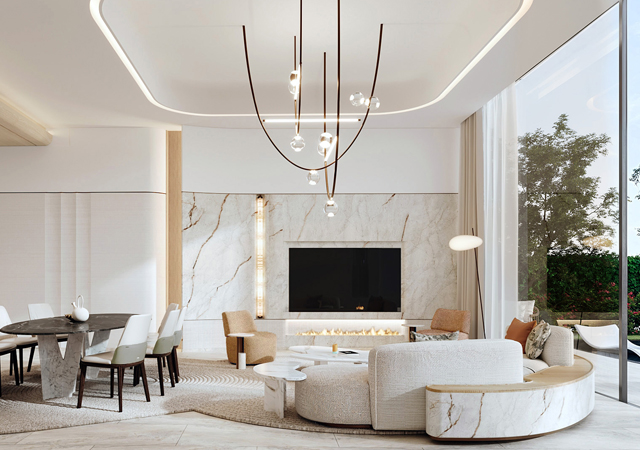
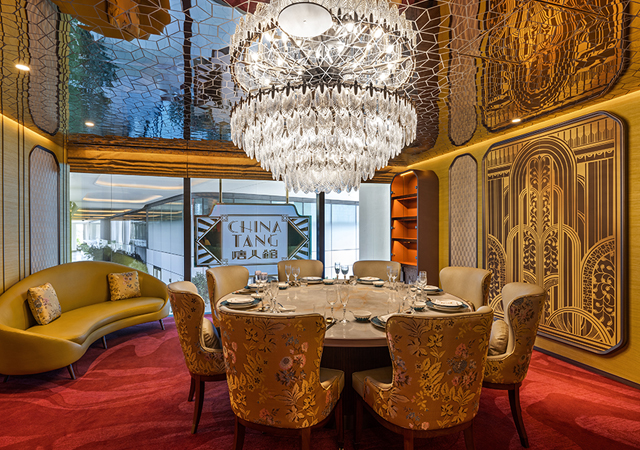
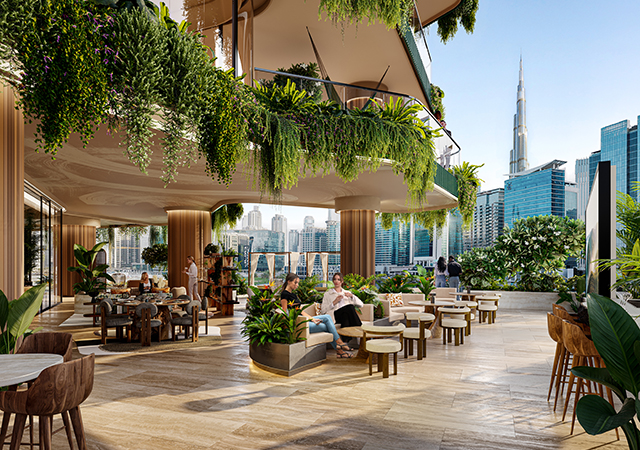
.jpg)


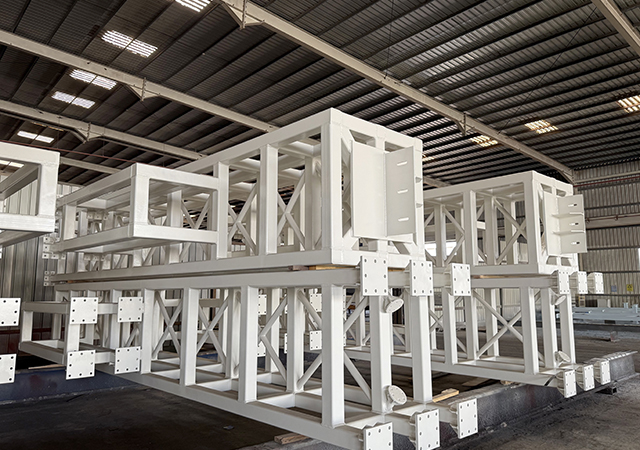




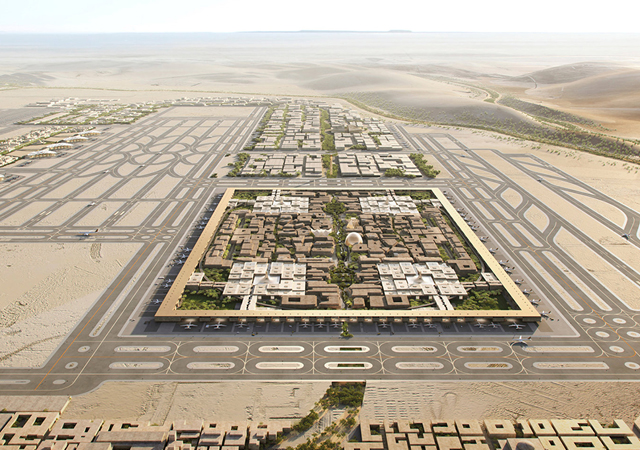
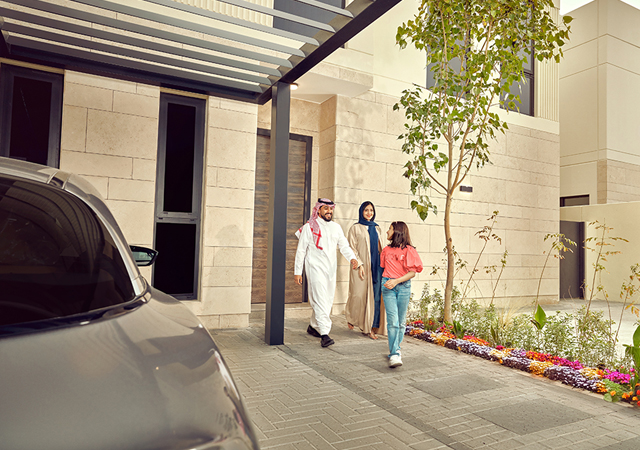
.jpg)
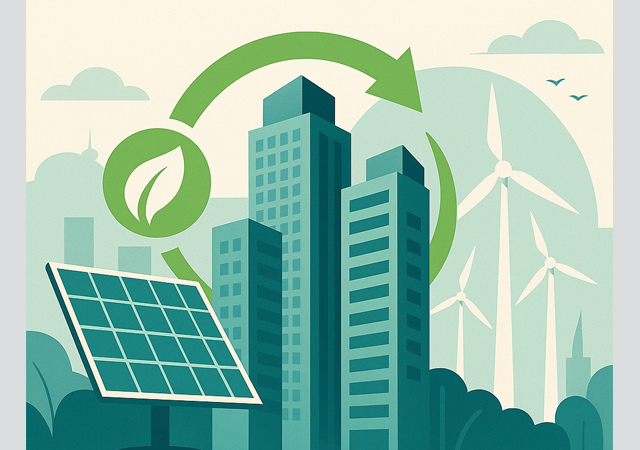



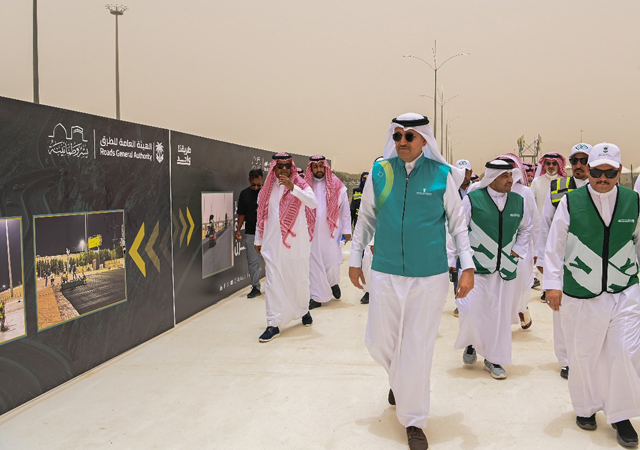

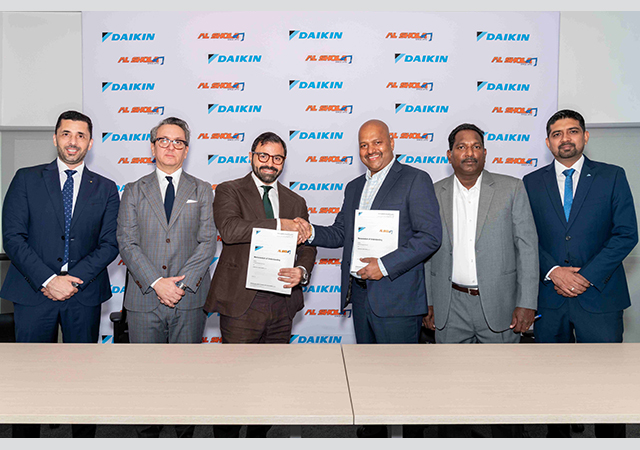

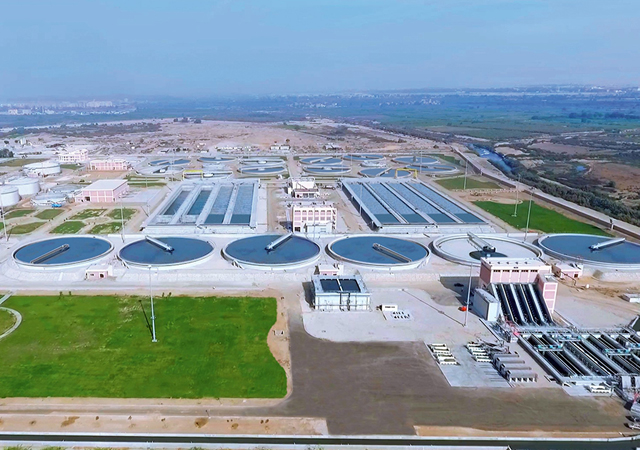
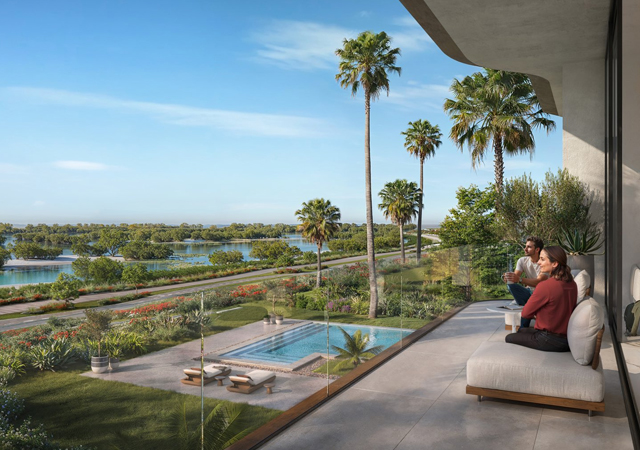
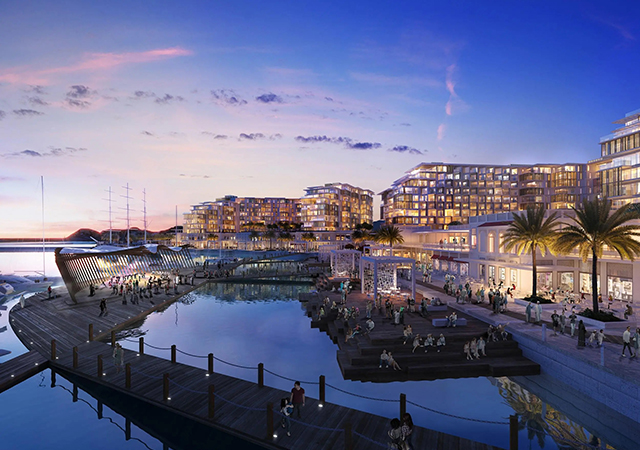

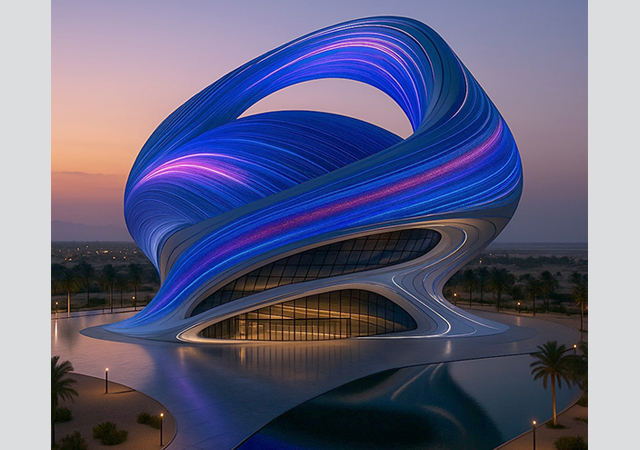

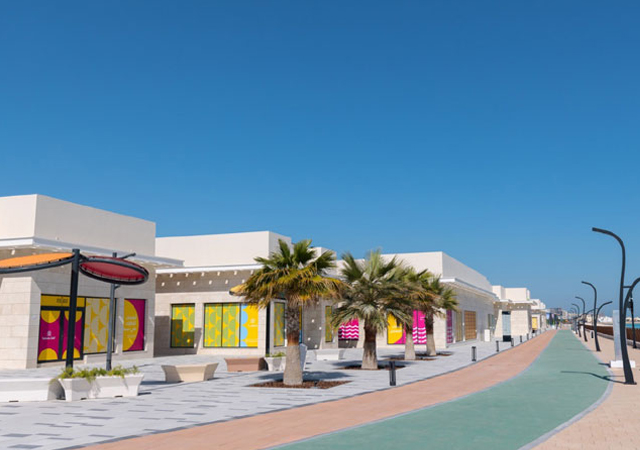

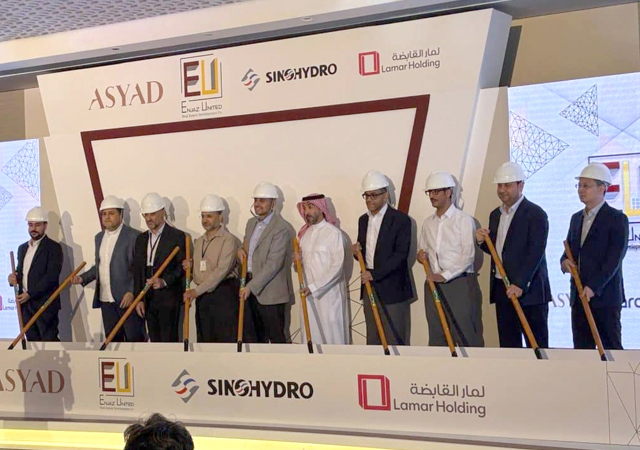
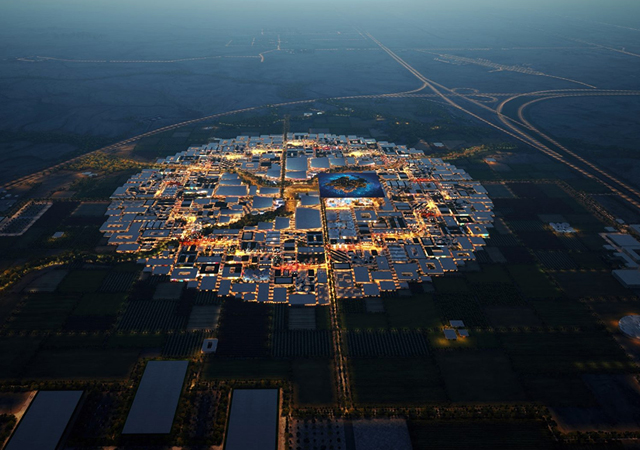
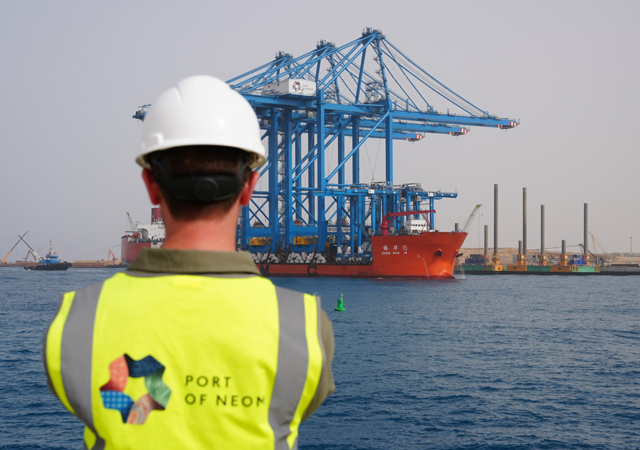
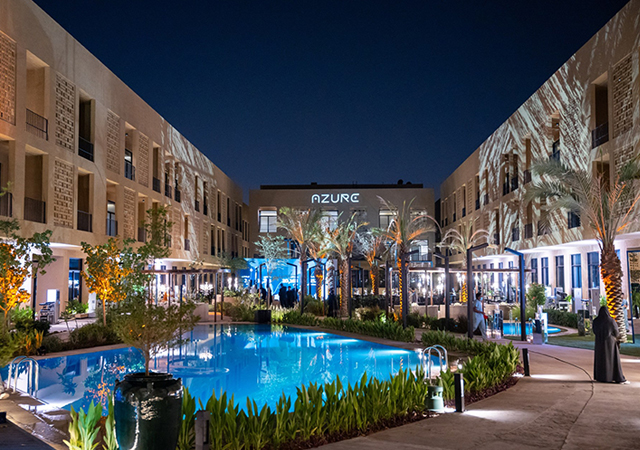
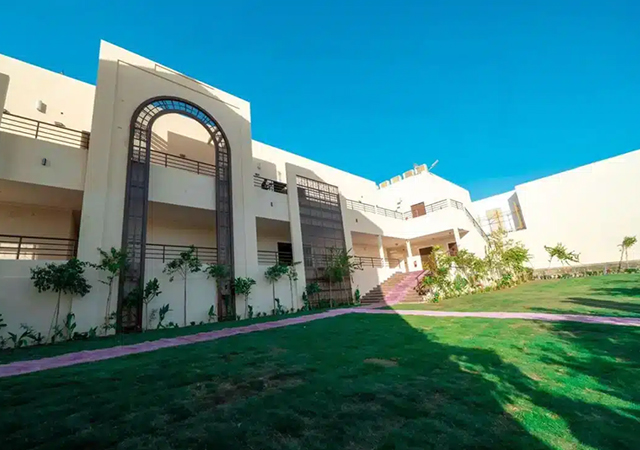


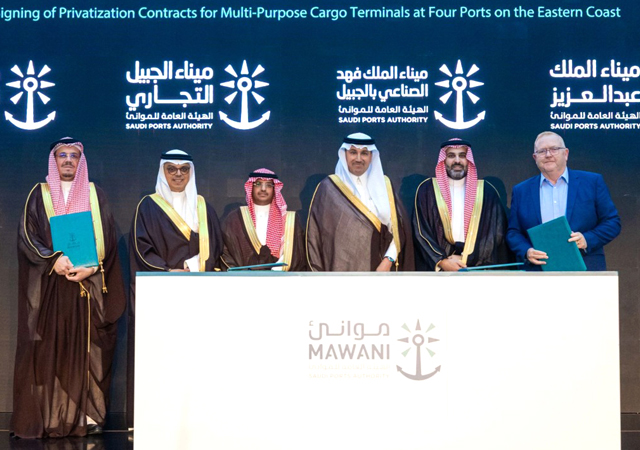
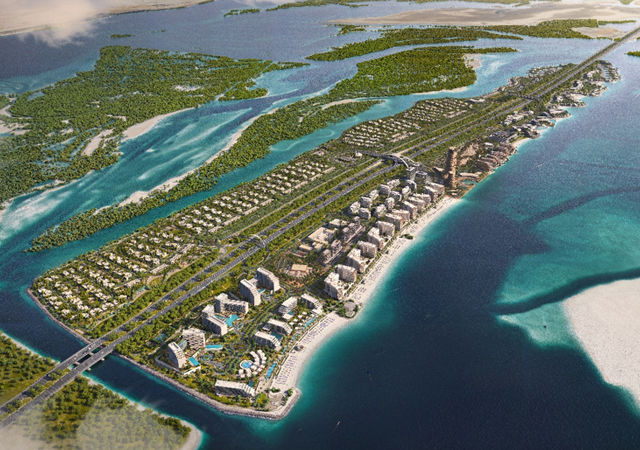

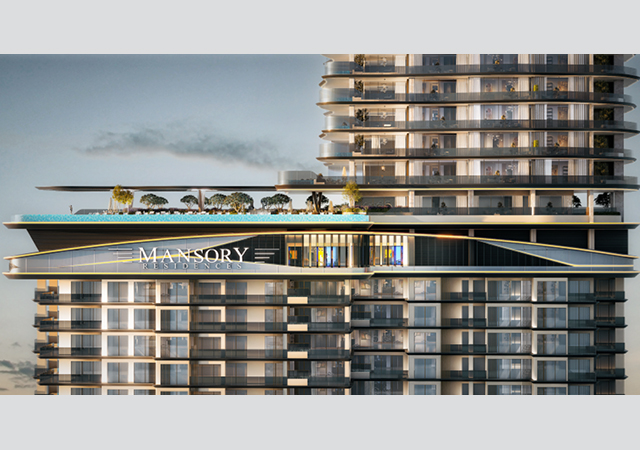
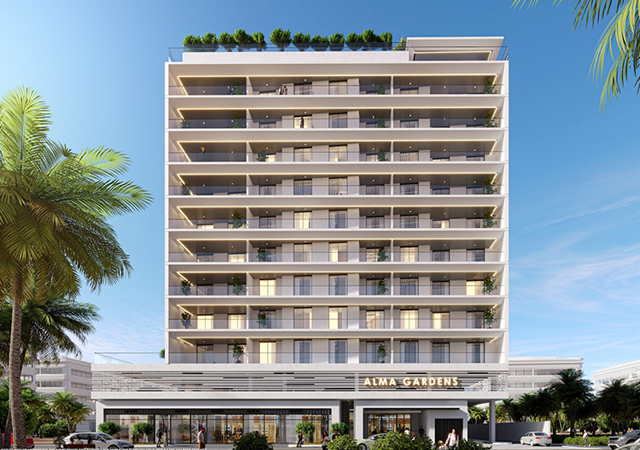

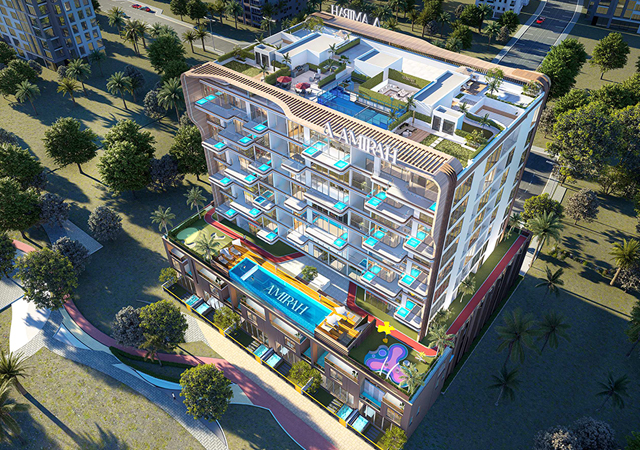
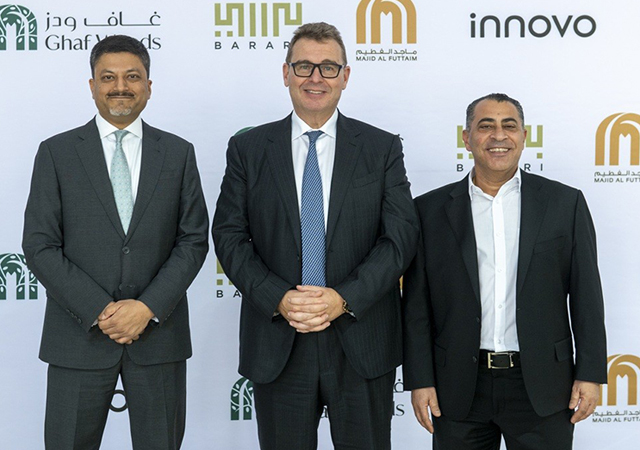
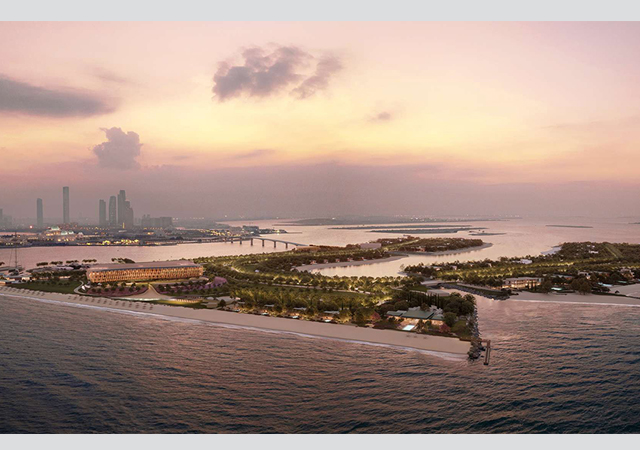
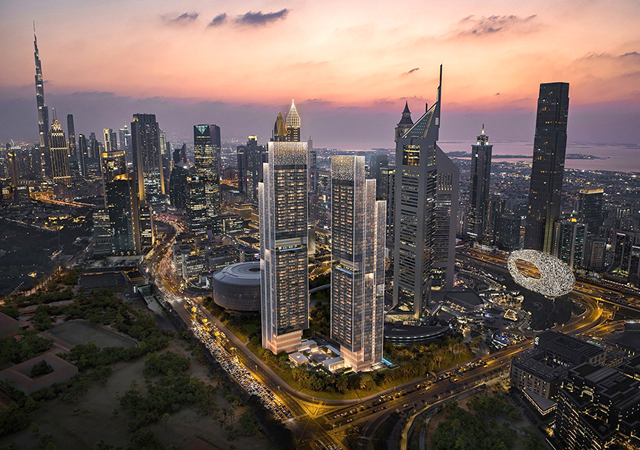
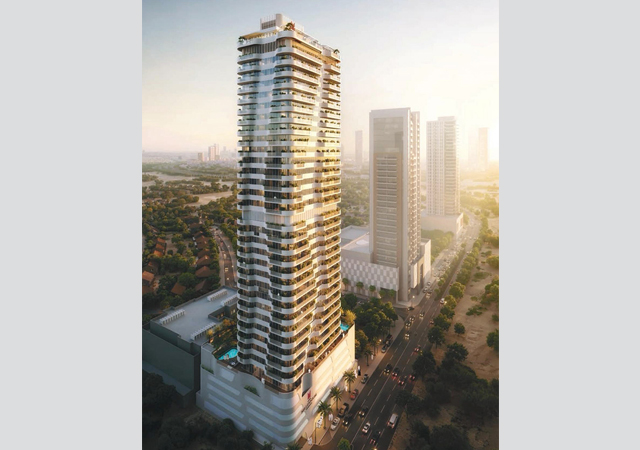
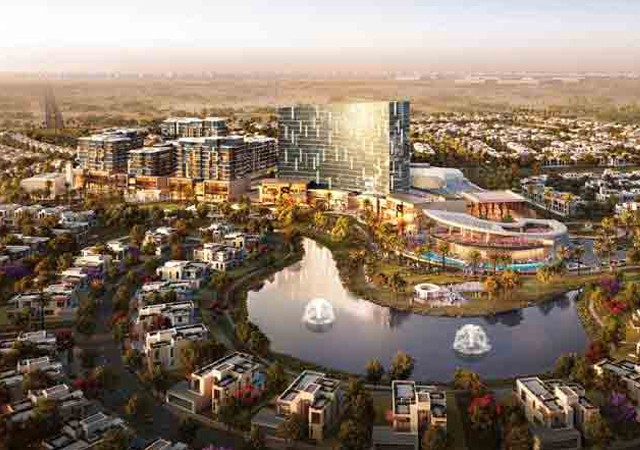
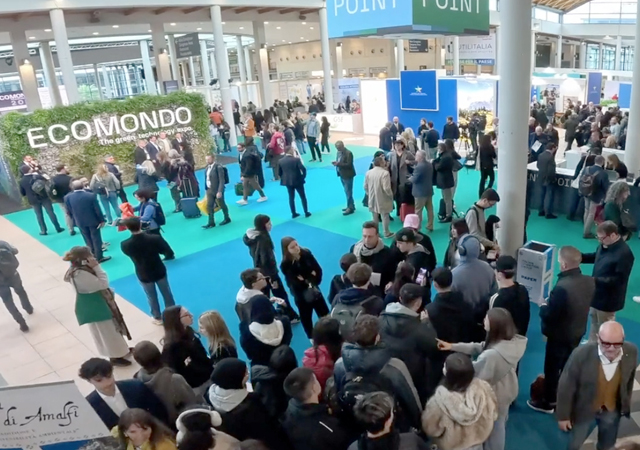
.jpg)










